Meat Science An Introductory Text
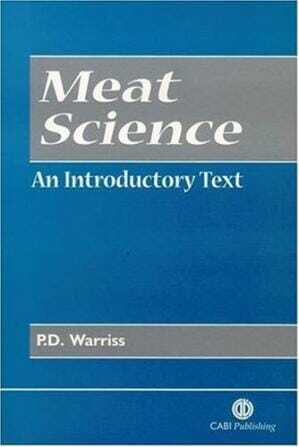
By P. D. Warriss
Meat Science An Introductory Text PDF Book. This is an introductory textbook on meat science that will be suitable for students of animal, veterinary and food science. The book covers topics in producing and eating meat, the growth and body composition of animals, animal slaughter, the chemical composition and structure of meat and other relevant areas. It will also serve as a primer for those taking a postgraduate course in meat science, and provide useful background for professionals in food hygiene and meat inspection.
Get This Book
| File Size | 3.5 MB |
| File Format | |
| Download link | Free Download | Become a Premium, Lifetime Deal |
| Support & Updates | Contact Us | Broken Link |
| Join Our Telegram Channel |  |
| More Books: | Browse All Categories |


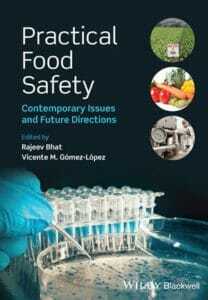

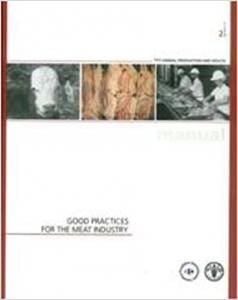


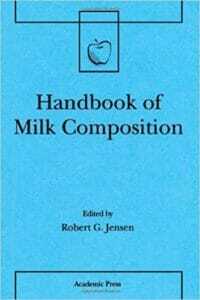
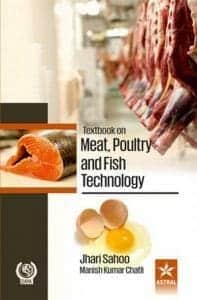




![Ettinger’s Textbook of Veterinary Internal Medicine 9th Edition [PDF+Videos] Ettinger’s Textbook of Veterinary Internal Medicine 9th Edition [True PDF+Videos]](https://www.vet-ebooks.com/wp-content/uploads/2024/10/ettingers-textbook-of-veterinary-internal-medicine-9th-edition-100x70.jpg)

![Textbook of Veterinary Diagnostic Radiology 8th Edition [PDF+Videos+Quizzes] Thrall’s Textbook of Veterinary Diagnostic Radiology, 8th edition PDF](https://www.vet-ebooks.com/wp-content/uploads/2019/09/textbook-of-veterinary-diagnostic-radiology-8th-edition-100x70.jpg)






